In This Article
Craving vibrant cityscapes, ancient temples, and cutting-edge culture? Head to Tokyo! Japan’s dazzling capital blends centuries of tradition with futuristic flair. From sushi bars and shrines to anime shops and skyscrapers, Tokyo delivers nonstop excitement for every kind of traveler.
When I like to visit
The best time to visit Tokyo is in the spring (March–May) and fall (September–November). Expect pleasant weather, cherry blossoms or autumn leaves, and lively festivals. Summers can be hot and humid, while winters are chilly but usually dry and clear.
Tips for getting There
- By Plane: Tokyo is served by two major airports: Narita International Airport (NRT) and Haneda Airport (HND), both with connections worldwide.
- By Train: The Shinkansen (bullet train) connects Tokyo with other major cities like Kyoto, Osaka, and Hiroshima.
- By Bus: Long-distance buses are a budget-friendly way to travel to and from Tokyo from cities across Japan.
Where I like to stay
- Park Hyatt Tokyo – Luxury hotel with skyline views (famously featured in *Lost in Translation*) and refined service in Shinjuku.
- Shibuya Stream Excel Hotel Tokyu – Modern hotel in the heart of Tokyo’s youth culture district, perfect for nightlife and shopping.
- Hotel Ryumeikan Tokyo – Centrally located near Tokyo Station, offering a balance of traditional Japanese comfort and modern amenities.
Top Attractions
1. Geek Out on Gadgets and Anime in Electric Akihabara
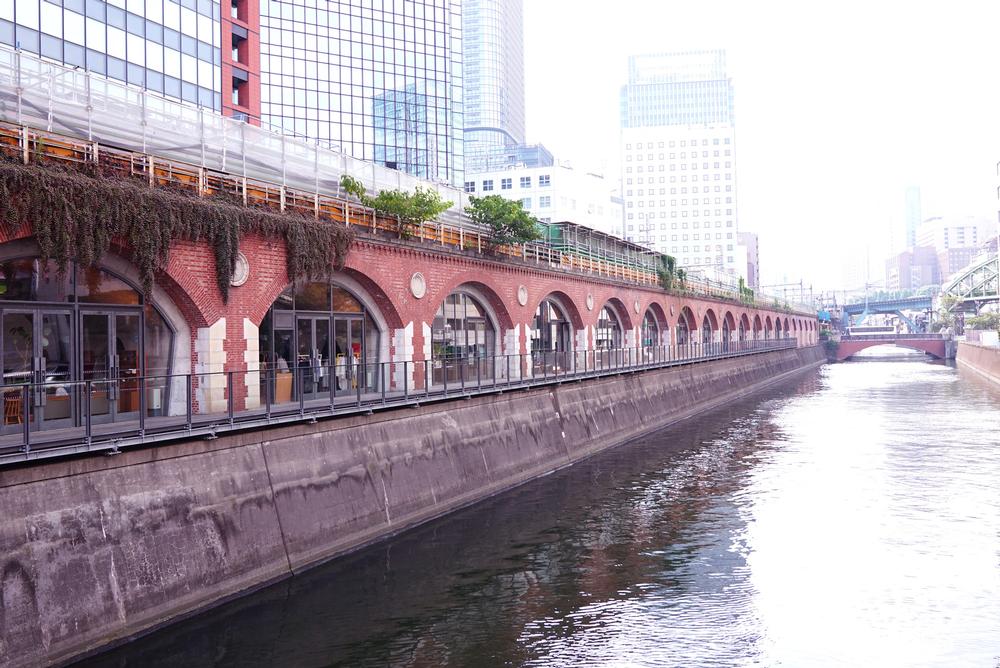
© Courtesy of ichima - Fotolia.com
Akihabara, also known as Akiba and named after a local shrine that used to exist here, is a district in the center of Tokyo that is legendary for its wide array of electronics shops. In recent years, it’s also gained acclaim as the center for Japan’s otaku – diehard fans of anime and manga cultures – as there are stores here that cater to the cult following. Visitors to Akihabara can find almost any electronics imaginable, including computers, televisions, cameras, mobile devices, home appliances, and electronic parts as well as second-hand electronic devices. It’s such a busy site that on Sundays its main street, Chuo Dori, is closed down for shoppers.
Chuo Dori Street, Tokyo, Japan
2. Stroll the Historic Streets and Temples of Asakusa
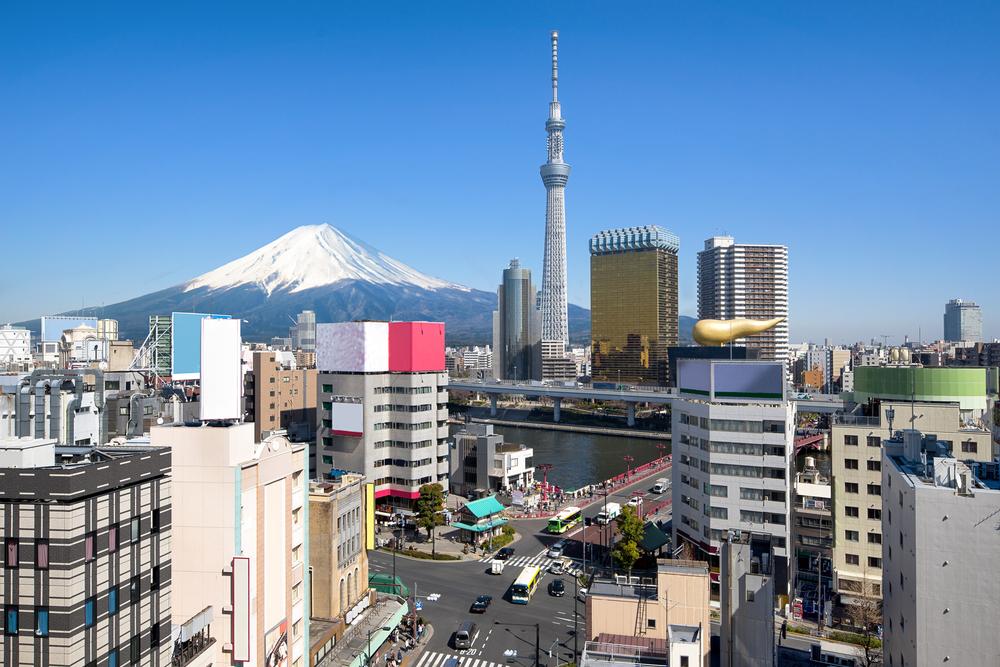
© Courtesy of eyetronic - Fotolia.com
Asakusa was originally a temple town for the neighboring Senso-ji Temple, but is now a thriving downtown shopping district in Taito-ku that sits along the west side of the Sumida-gawa River. The town boasts a traditional and old-fashioned vibe with the iconic Kaminari-mon Gate and prominent giant red lantern drawing in a steady flow of worshippers and travelers throughout the year. Along its main street, Nakamise-dori, are several quaint shops that feature a variety of objects made from Japanese-style paper, including folding fans. This district is also known to host several traditional events annually; most popular is the fireworks demonstration along the river during the summer.
East Building, 3F, 1-20-4 Asakusa, Taitoku, Tokyo, Japan, Phone: 81-03-38-47-44-43
Recommended Activities for Families
3. Step Into the World of Warriors at the Samurai Museum
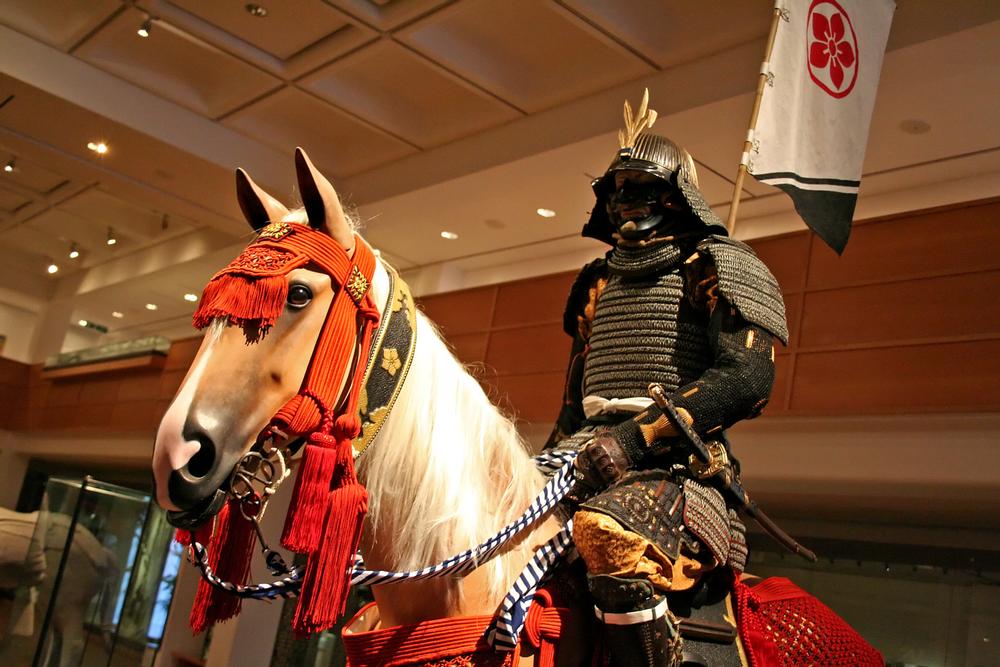
© Courtesy of WH CHOW - Fotolia.com
In ancient times, the emperor and his nobility ruled Japan, but the era of the samurai emerged after two historic battles – the Genji and Heishi at the conclusion of the Heian era. From then on, samurai-centered Japanese culture developed through 700 years of history from the Kaakura to Edo eras. During the samurai age, many battles were fought against invaders, and the Samurai Museum honors the brave samurai warriors and their spirits with featured exhibits and interactive experiences. Guests are encouraged to participate in activities like a photo shoot where they can put on a kabuto (helmet) and samurai costume.
Samurai Museum, 2-25-6 Kabukicho, Eiwa Dairoku Building 1F, Shinjuku, 100-0021, Tokyo, Phone: 81-03-64-57-64-11
4. Walk Beneath the Blossoms at Serene Chidorigafuchi

© Courtesy of jaturunp - Fotolia.com
Chidorigafuchi is an astounding moat in the northwest area of the Imperial Palace, a historic site created in the Edo period. Its name comes from its shape, which is reminiscent of plovers, or chidori in Japanese, and is most notable for its 700-meter long walking path sheltered by roughly 260 cherry trees from a number of species. This tranquil place welcomes more than one million visitors yearly, most of whom come during late March and early April to enjoy the ethereal pedestrian path lined with cherry blossoms. During this season, the cherry trees are lit up with twinkling lights at night, offering a truly romantic setting.
Kudanminami, Chiyoda-ku, Tokyo, Japan, Phone: 81-03-35-56-03-91
5. Travel Through Time at the Edo-Tokyo Museum
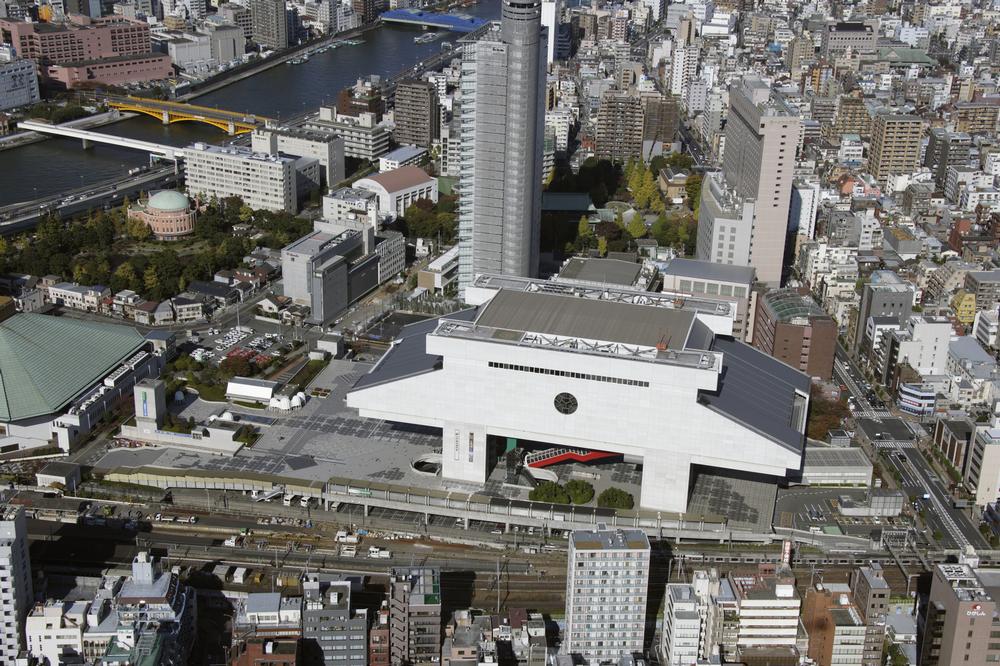
© Courtesy of TAGSTOCK2 - Fotolia.com
The Edo-Tokyo Museum opened in 1993 to serve as a place to showcase the culture and history of Edo-Tokyo as well as visualize the life and city of the future. A popular landmark and tourist attraction, the museum is housed in a one-of-a-kind building designed to emulate an elevated-floor warehouse. The museum features a permanent exhibition that displays original objects as well as replicas, giving guests the chance to explore the history of more than 400 years of Edo-Tokyo history. They also feature five to six special exhibitions each year and host various events, workshops, and lectures throughout the year.
1-4-1 Yokoami, Sumida-ku, Tokyo, 130-0015, Japan, Phone: 81-03-36-26-99-74
Attractions for Couples
6. Shop, Dine, and Shine in Glamorous Ginza
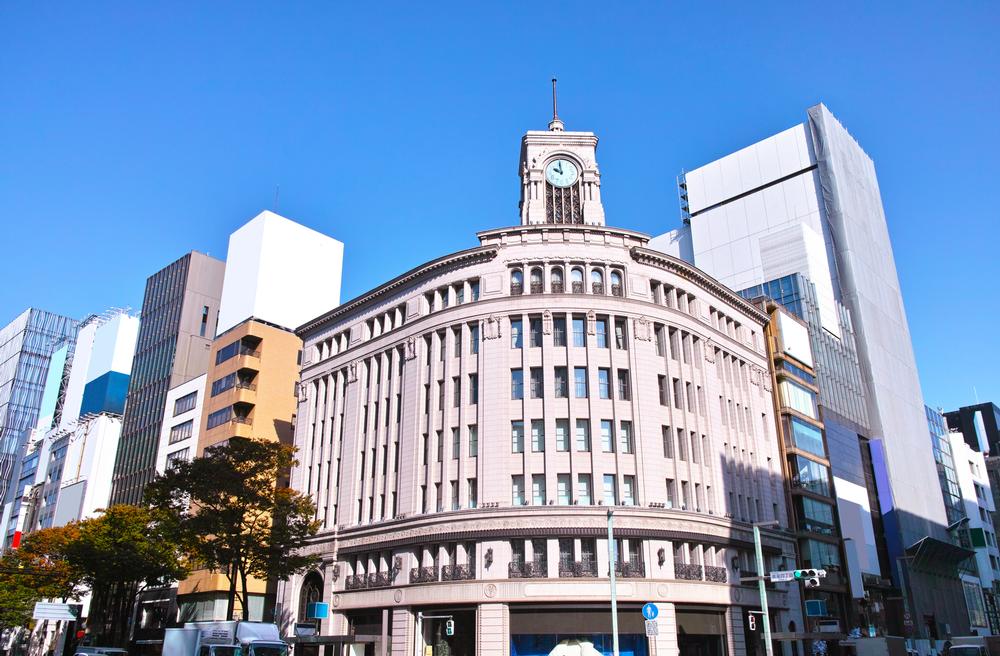
© Courtesy of 7 maru - Fotolia.com
Ginza
’s origins began in 1612 as a location for the silver coin mint and remained that until the 1800s, but after the Great Kanto earthquake in 1923, it was transformed into an upscale shopping center. A single square meter of land here is worth an astounding ten million yen, holding the title as one of Japan’s most expensive pieces of real estate. It features countless art galleries, boutiques, night clubs, department stores, restaurants, and cafes. Visitors to the area will have no trouble finding every leading brand imaginable, from fashion to cosmetics and everything in between.
1-11-1 Yurakucho, Chiyoda-ku, Tokyo, Japan, Phone: 8-13-52-21-11-11
7. Snap a Regal View at the Imperial Palace Grounds

© Courtesy of have seen - Fotolia.com
The Imperial Palace sits at the site of the former Edo Castle, a giant park area enclosed by huge stone walls and stunning moats. Its position in the center of Tokyo allows Japan’s Imperial Family to make multiple public appearances on the balconies of their inner grounds. Guests to the palace are able to see the Nijubashi, the two bridges that span the moat from the Kokyo Gaien plaza at the front of the palace to the inner grounds. Though the inside of the palace is off-limits to the public, visitors are given the opportunity to take a 75-minute tour of the palace estate.
1-1 Chiyoda, Tokyo, 100-8111, Japan, Phone: 8-13-32-13-11-11
8. Experience Spiritual Calm at Meiji Jingu Shrine
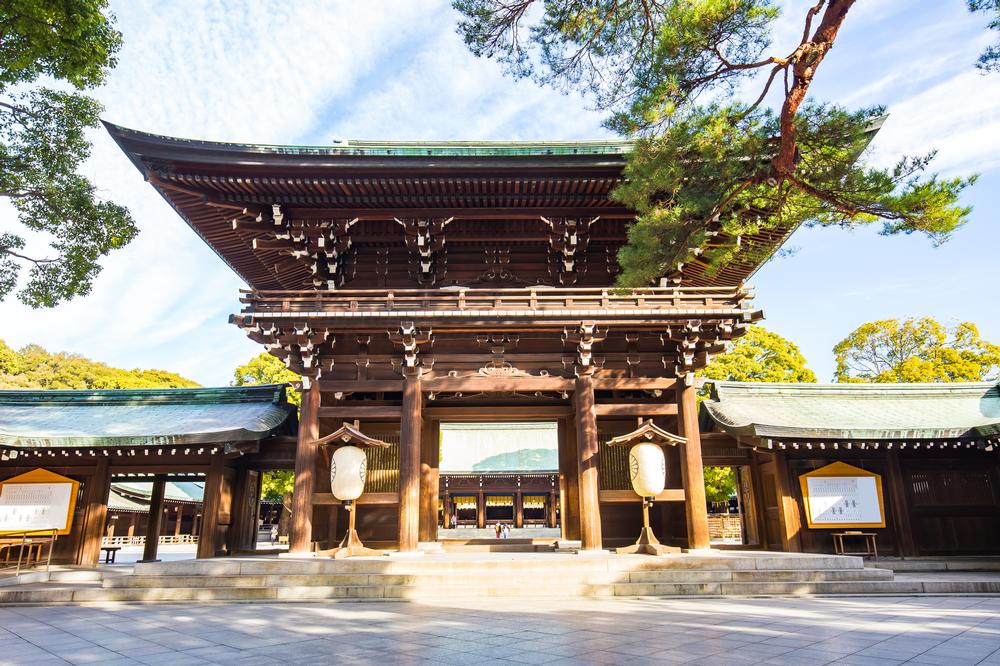
© Courtesy of orpheus 26 - Fotolia.com
The Meiji Jingu Shrine was established in 1920 along with Yoyogi Park, a forest created from the hard work of the people of Japan and generous donations of more than 100,000 trees. Meiji Jingu is a Shinto shrine dedicated to the celestial souls of Emperor Meiji and his partner Empress Shoken. Shinto is Japan’s original ancient religion, and is deeply grounded in Japanese culture. Visitors can enter the shrine complex via the torii gate to experience the tranquil silence of the forest, which lies in stark contrast to the bustling city. Visitors will also see the Meiji Jingu Treasure House, displaying the Emperor and Empress’s personal belongings, and the inner garden, a powerful spiritual vortex.
1-1 Yoyogi-Kamizono-cho, Shibuya-ku, Tokyo, 151-8857, Japan, Phone: 8-13-33-79-55-11
9. If You Love Art and Architecture, Then Don't Miss the Nezu Museum

© Courtesy of mag space - Fotolia.com
The Nezu Museum was opened in 1941 to preserve the collection of pre-modern East Asian and Japanese art that was accumulated by businessman Nezu Kaichiro throughout his lifetime. After his passing, his son Kaichiro Jr. established a foundation and later opened the museum in his honor to display his father’s collection of 1860–1940 era artworks. The museum resides on the former Nezu residence and has been expanded several times throughout the years. It started with over 4,600 works and has since grown into just under 7,500 pieces of various genres of pre-modern art, including calligraphy, ceramics, paintings, textiles, armor, metalwork, and more.
6-5-1 Minami-Aoyama, Minato-ku, Tokyo, 107-0062, Japan, Phone: 81-03-34-00-25-36
Where I Like to Eat
- Tsukiji Outer Market – Feast on fresh seafood, sushi, grilled skewers, and Japanese street food at this iconic open-air market.
- Ichiran Ramen – Famous for its solo dining booths and customizable tonkotsu ramen experience.
- Sushi Saito – One of Tokyo’s most exclusive Michelin-starred sushi counters (reservations essential).
Local Events
- Cherry Blossom Season (late March–early April) – Enjoy hanami picnics under blooming sakura trees in parks like Ueno and Yoyogi.
- Sumida River Fireworks Festival (July) – Tokyo’s biggest summer fireworks display, attracting massive crowds along the river.
- Tokyo Game Show (September) – International gaming expo featuring demos, cosplay, and the latest in gaming tech.
Day Trips Within 30 Minutes of Tokyo, Japan
- Odaiba (20–30 min) – A futuristic entertainment island with shopping, museums, and Tokyo Bay views.
- Kawagoe (30 min) – Known as “Little Edo,” this historic town offers preserved streets and traditional sweet shops.
- Yokohama (30 min) – Explore Japan’s second-largest city with Chinatown, waterfront parks, and Cup Noodles Museum.
- Mitaka (30 min) – Visit the whimsical Ghibli Museum, celebrating the work of Studio Ghibli (advance tickets required).
- Chofu (25–30 min) – Discover Jindai-ji Temple, botanical gardens, and quiet suburban vibes just west of central Tokyo.
Plan Your Trip











